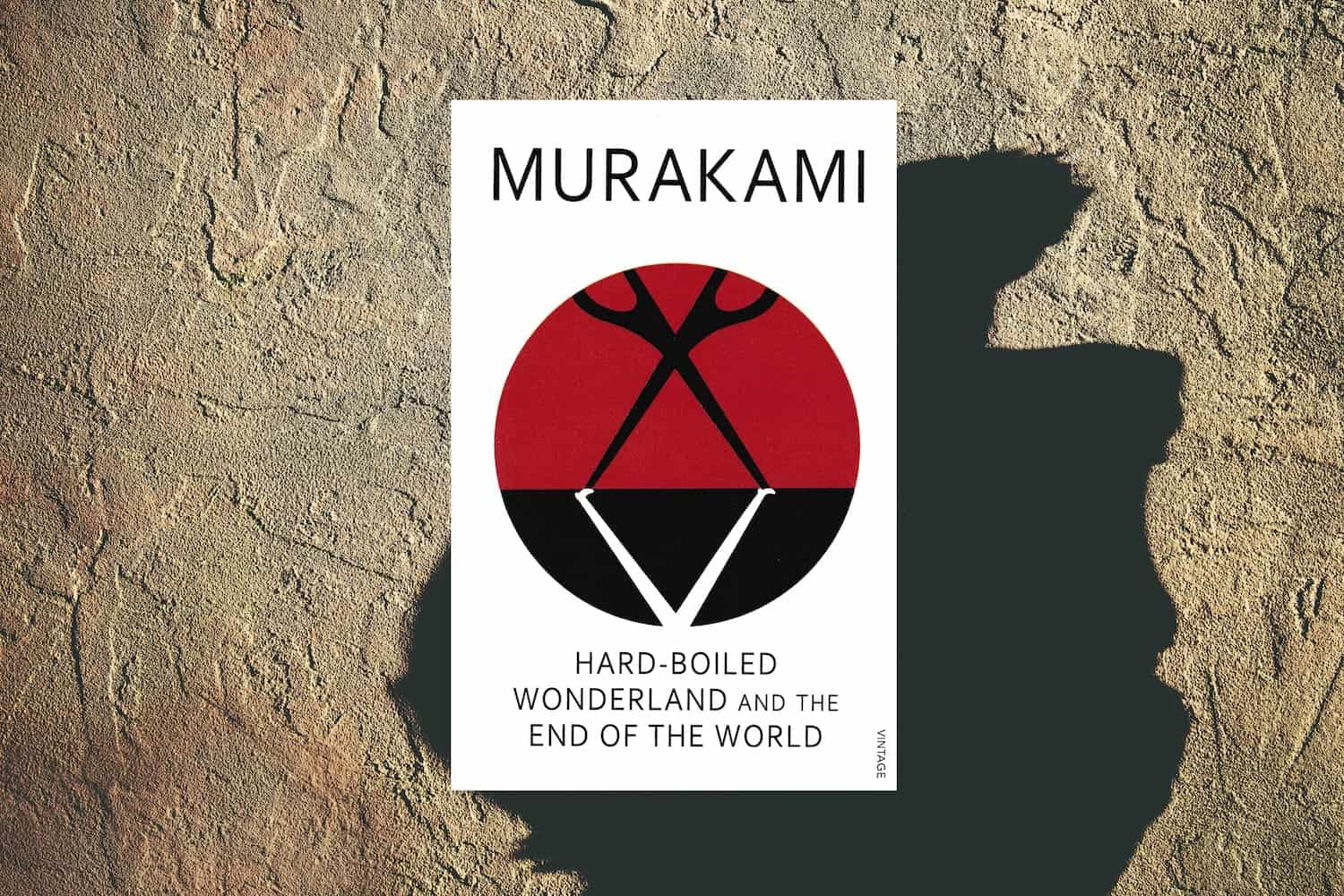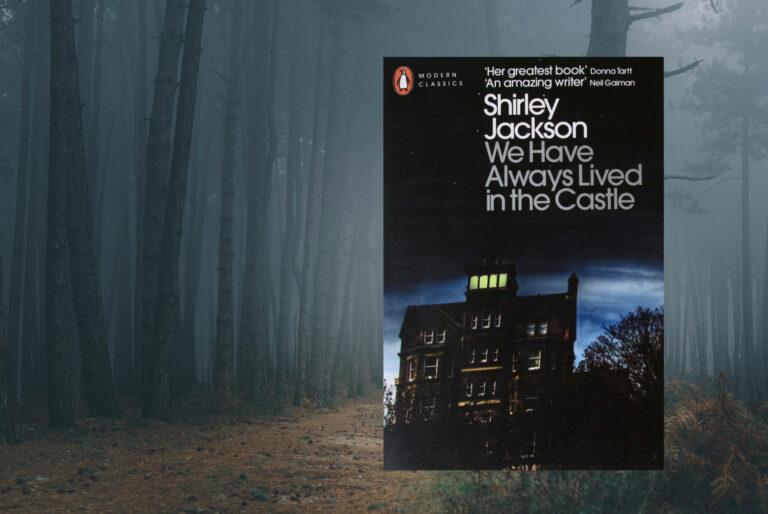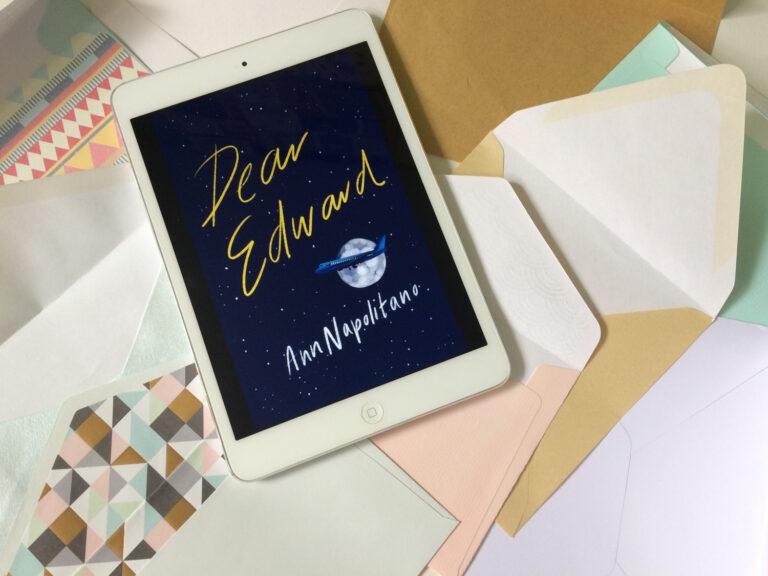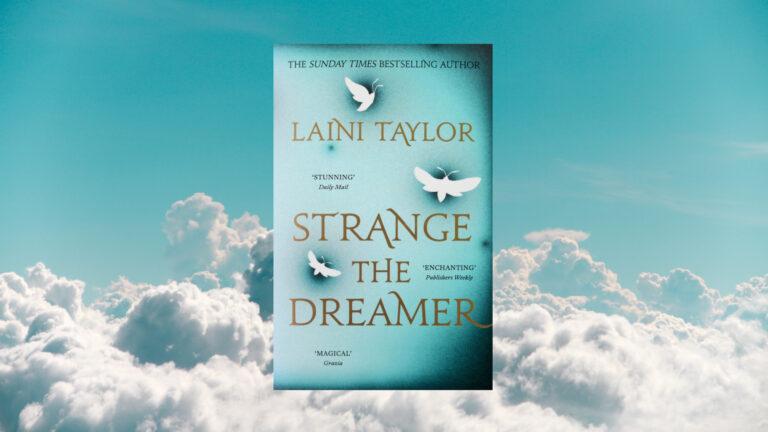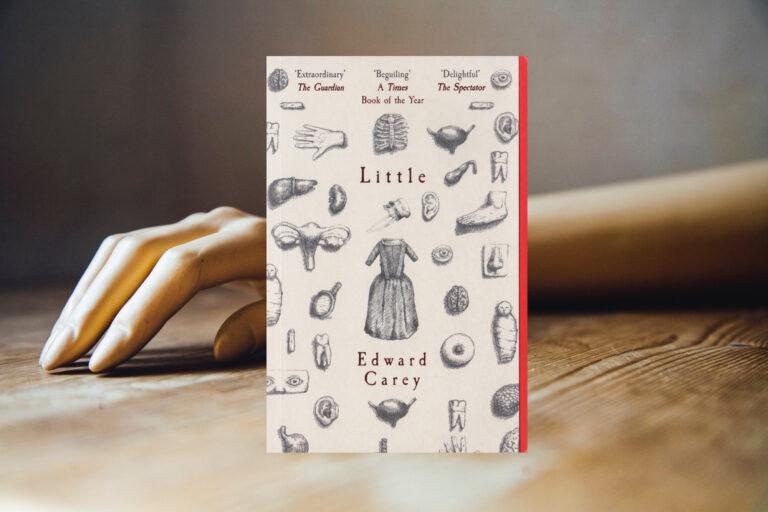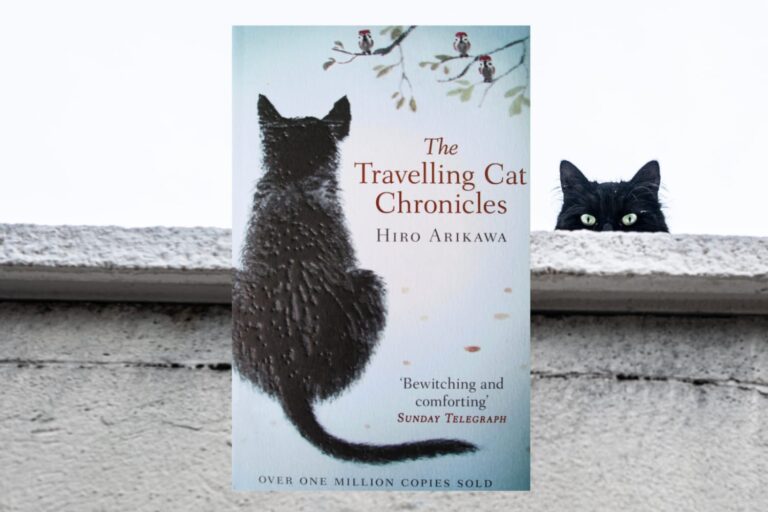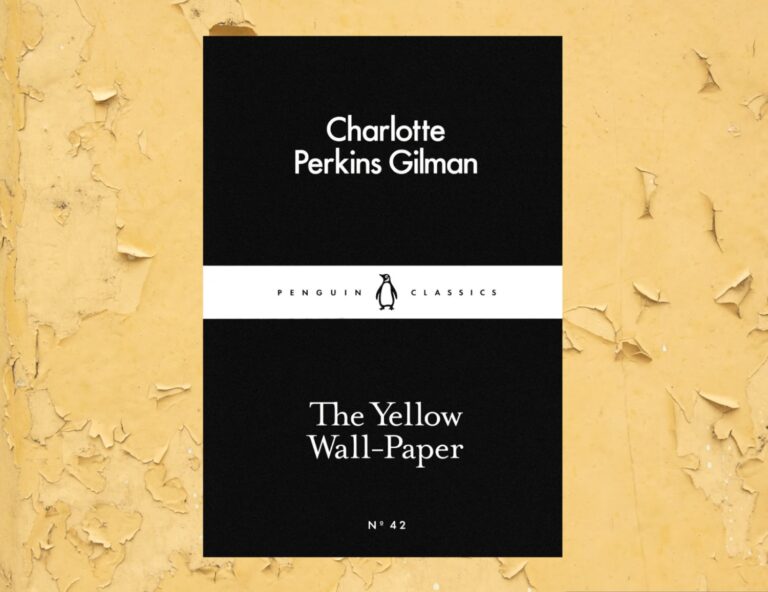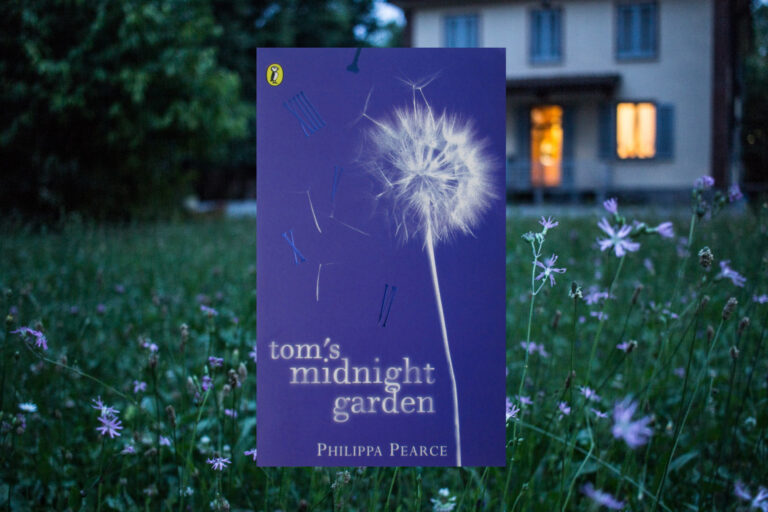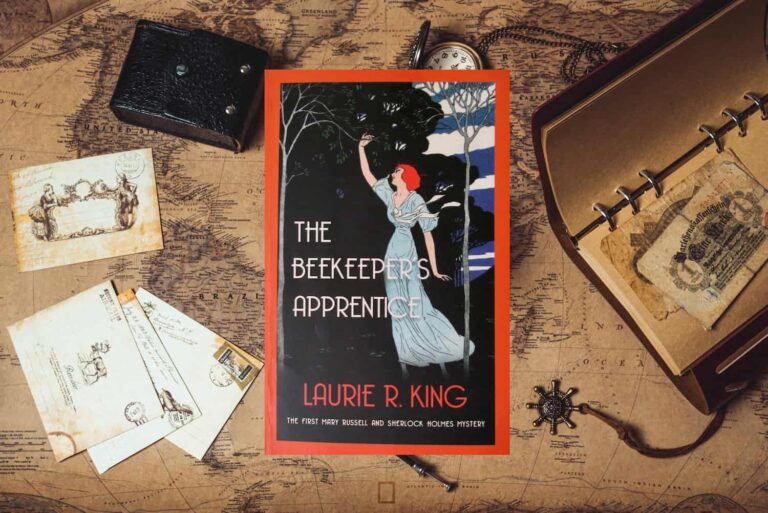‘I hadn’t the foggiest what all this was leading up to.’
And neither did I, having never read anything like this, nor do I suspect I will again. Hard-Boiled Wonderland and the End of the World is a genre-merging book of epic proportions, with writer Haruki Murakami flexing our minds as we follow sci-fi themes, philosophy, fantasy, thriller and a little bit of detective all at once. The book’s stories coming from an exceptional mind of creativity where nothing is beyond the scope of imagination. Even the book’s title reflects its odd eccentricities.
Following two stories told in parallel, the chapters switch back and forth between modern-day Tokyo (bear in mind that it was written in the 1980s) and its insertion of sci-fi futuristic elements, to a fantastical world where shadows are taken and life is lived in an antiquated town where people have fixed jobs to perform.
In the Tokyo setting there’s mad scientists, cybernetics, strange creatures known as INKlings, and a state system facing an underground corporation that has the same magnitude of resources and power. The source of the two’s dispute being over information, which connects us to the first voice in Hard-Boiled Wonderland and the End of the World, the Calcutec – a mathematician information security agent (what a mouthful) who’s hired to work for a scientist. A scientist who follows the very definition of such a role – for he’s more than a little mad, for example he has ‘a closet in an office building with a river chasm at the bottom? And smack in the middle of Tokyo!’ Not to mention an unhealthy obsession with research and a strange link to the book’s second narrator. That connection being skulls – in particular a unicorn skull.
The second narrator finds himself entering a faded town surrounded by a giant wall, and where upon arrival he’s given the position of reading dreams from the skulls of golden-brown one-horned beasts that roam the town. Aside from this general oddity, the town’s general day-to-day running appears to be old-fashioned and with no real sense of technological advancements. Thereby creating a sense that the town is either in a different plain altogether from that of Tokyo, or set years into the future; where humanity has lost its advancements. What makes it even more surreal is that the narrator had to cut off his shadow to enter the town, the two parts of the person being one, and yet different.
Confused? Don’t worry – you won’t be, the plot isn’t too hard to follow and certainly by switching back and forth between the two stories it’s easy to follow their direction, but what is this direction? You’ll have to wrap your head around some ideas, accept others and acknowledge the confusion of time in the book. Early on in Murakami’s tale it’s possible to guess at more than just a connection of unicorns between the stories, with a massive hint being dropped at just over a quarter of the way through – the book’s title being well chosen. This feeling of entanglement between the two stories is strengthened by similar tones and multiple cases of déjà vu – the beautiful linkage of images, words, people, etc, with it being more profound than coincidental, and thereby keeping the magic of the unexplained. It’s only at the finality that the two stories become clear and from this you understand more about the choices made and their reasonings.
The ending of Hard-Boiled Wonderland and the End of the World leaves the story at a philosophical point regarding choice, and it could leave some frustrated; with the reader left to surmise the character’s future or to otherwise be happy with its open-ending. The point however seems to be that life certainly isn’t clear cut, nor what defines it.
Throughout the book the characters are nameless, including those who lead the two stories in their narration. Instead they’re mentioned only by their occupation; Librarian, Gatekeeper, Dreamreader, Professor, Calcutec or physical attributes; Junior, Big Boy. This allows the reader to focus on the themes and structure of the story, and stopping you from being slowed down in remembering who’s who, especially when some characters are never seen again.
At times the narration can be overly-indulgent in its waffle, especially from the Calcutec’s point of view – but this is a part of his character. Providing perfect insight into his mentality as he focuses on the more mundane aspects of day-to-day living, rather than being a part of something more vibrant. Something he might not have a later choice in.
On a side note; in the life of the Calcutec, Murakami writes about a young lady whose size is constantly being referred to and which borders on the offensive, especially the brief section discussing semen – just be warned. But these are thankfully short.
In producing two stories of two separate worlds, Murakami creates a pace of interest that will have you eagerly seeking to return to one person’s story over another, with this altering in-between. In this, and in other aspects of the book, there’s a tone similar to David Mitchell’s ‘The Cloud Atlas’ although Hard-Boiled Wonderland and the End of the World was written almost two decades beforehand.
Everything you count on as being true to life will at some point be questioned in the book; with science being folded, reshaped and rediscovered. This expands into itself, with things you’ve taken for granted (but wouldn’t in reality) later being questioned more and more, till you begin to distrust all of it.
‘The old man licked his upper lip. “All sorts of things could happen,” he said after a moment. “Truly all sorts of things. I can’t go spoutin’ off about them, but things you can’t begin t’imagine.”
Murakami’s bizarre world will upend everything you thought fiction could be. Hard-Boiled Wonderland and the end of the World shows that there really is no limit to the impossible.
Other Notable Works by Haruki Murakami:
- 1Q84:
+ #3 2010
+ #2 2009
+ #1 2009 - Kafka on the Shore 2002
- The Wind-Up Bird Chronicle 1994
- Dance Dance Dance (The Rat, 4) 1988
- Norwegian Wood 1987
Book Edition Information:
Publisher: Vintage Books (part of Penguin Random House)
ISBN: 9780099448785
Cover Illustration: Noma Bar
Cover Design: Suzanne Dean
Translation: Alfred Birnbaum
Presented Edition: 2010 Paperback
Background image courtesy of Tim Mossholder on Unsplash

